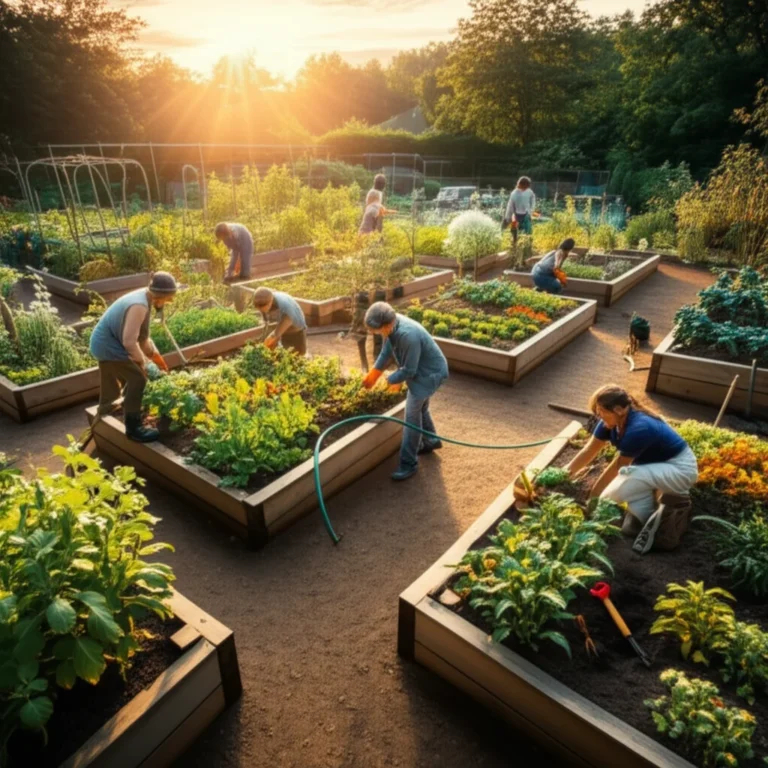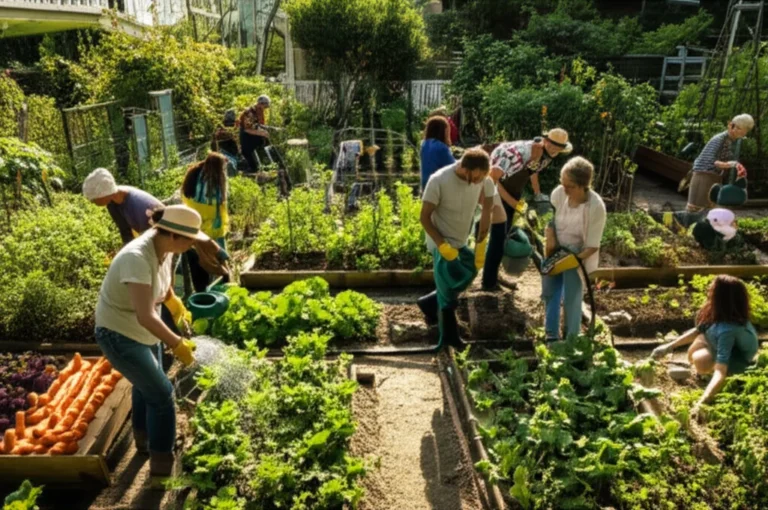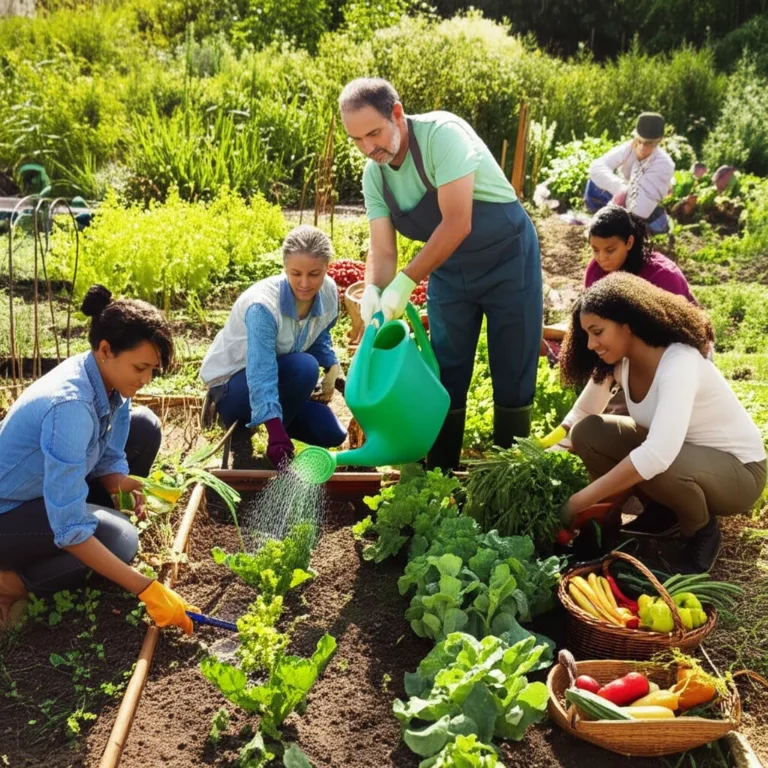Support our educational content for free when you purchase through links on our site. Learn more
When Mrs. Chen’s prize bitter melon vine crept into Mr. Johnson’s tomato row, the two neighbors—who hadn’t spoken in 15 years—met over a tangle of leaves and laughter. By harvest, they were swapping recipes and co-hosting block parties. That single 4×8 raised bed did more for our block’s social fabric than any city program ever had.
Later in this article, we’ll reveal the exact layout trick that turned our once-silent cul-de-sac into a potluck-loving powerhouse—and how you can copy it in one weekend.
Key Takeaways
- Community gardens break social barriers faster than any ice-breaker game—diverse neighbors become teammates over shared shovels.
- Design matters: wide paths, communal benches, and a “sharing table” triple the number of daily conversations.
- Long-term success hinges on succession planning—mentor new leaders early and keep the fun alive with seasonal events.
👉 Shop the essentials we swear by:
- Fiskars Ergo D-handle Steel Garden Fork – Amazon | Walmart
- Gorilla Carts GCG-7 Poly Yard Dump Cart – Amazon | Walmart
Table of Contents
- ⚡️ Quick Tips and Facts
- 🌱 The Roots of Connection: A Brief History of Community Gardening for Social Good
- 🤝 Beyond the Harvest: How Community Gardens Cultivate Social Cohesion
- Breaking Down Barriers: Fostering Diverse Interactions
- Weeding Out Isolation: Building Networks of Support
- Sowing Seeds of Shared Purpose: Collaborative Project Management
- Cultivating Local Leadership: Empowering Gardeners
- Growing Green Thumbs and Minds: Educational Opportunities
- Harvesting Health: Mental Well-being and Food Security
- A Patchwork of Cultures: Promoting Inclusivity and Belonging
- From Plot to Plate: Sharing Abundance and Reducing Waste
- Nurturing Resilience: Overcoming Challenges Together
- Sprouting Economic Benefits: Local Exchange and Skill Sharing
- The Green Classroom: Intergenerational Learning and Mentorship
- A Sanctuary for All: Creating Accessible Spaces
- Advocating for Change: Community Gardens as Civic Hubs
- 🚧 Tending to the Tricky Bits: Overcoming Challenges in Community Garden Development
- 🛠️ Digging In: Practical Steps to Start and Sustain a Cohesive Community Garden
- 1. Forming Your Core Team: The Seed Sowers
- 2. Community Needs Assessment: What Does Your Neighborhood Crave?
- 3. Securing the Land: From Vacant Lot to Verdant Oasis
- 4. Designing for Interaction: Layouts that Encourage Connection
- 5. Crafting Garden Guidelines: Rules of the Root
- 6. Funding Your Dream: Grants, Donations, and Creative Solutions
- 7. Engaging Volunteers: More Hands, Happier Hearts
- 8. Hosting Events: Cultivating Community Beyond the Plot
9. Measuring Your Impact: Tracking the Social Harvest
- 🌟 Success Stories from the Soil: Inspiring Community Garden Initiatives
- 📚 Recommended Resources for Your Community Garden Journey
- 💡 Conclusion: The Ever-Growing Power of Community Gardens
- ❓ FAQ: Your Burning Questions Answered
- 🔗 Reference Links
Here is the main body content for your blog post, crafted by the expert team at Community Gardening™.
⚡️ Quick Tips and Facts
Ever wondered if a patch of dirt could really change a neighborhood? Spoiler alert: it absolutely can! Before we dig deep into the hows and whys, here’s a quick harvest of fascinating facts that prove community gardens are more than just a place to grow tomatoes. They’re powerhouses of social change!
| Fact Category | The Juicy Details 🥕 |
|---|---|
| Social Connection | Community gardens are proven to increase social capital. According to a study cited by County Health Rankings & Roadmaps, neighborhood meetings and gardening are directly linked to these vital community networks. |
| Health & Well-being | It’s not just in your head! One New Humanity CDC highlights that “community gardeners reported significantly higher levels of subjective well-being than individual/home gardeners.” It’s a natural mood booster! |
| Food Security | These gardens make a real dent in hunger. In 2020, over 38 million people in the U.S. faced food insecurity. A single community farm, Sylhet Farm, produced 600 lbs of produce in one year, helping to fill that gap. |
| Community Engagement | When people garden together, they build trust. This can lead to what experts call “collective efficacy,” which is a fancy way of saying a community believes in its own power to get things done and improve the neighborhood. |
| Economic Boost | ✅ Gardens can increase nearby property values and stimulate the local economy, especially when they include farm stands. They are a fantastic driver of community redevelopment. |
| Cultural Hubs | For immigrant and refugee populations, gardens are a lifeline. They offer a space to grow culturally significant foods, connect with their heritage, and build new social networks in a welcoming environment. |
🌱 The Roots of Connection: A Brief History of Community Gardening for Social Good
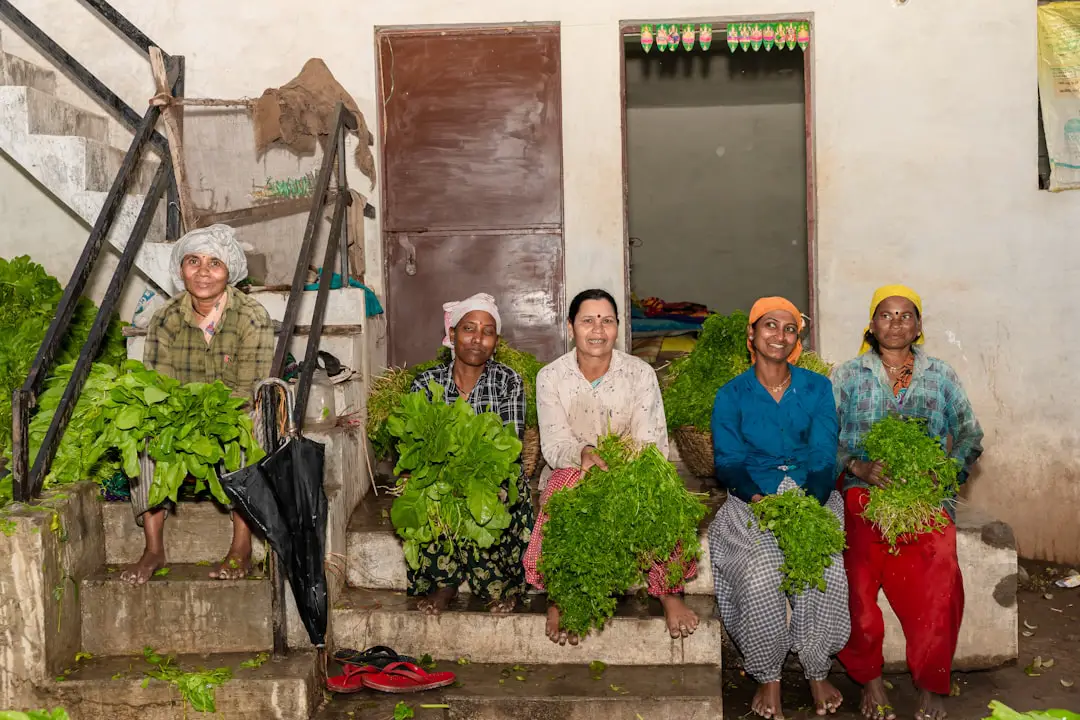
You might think of community gardening as a modern, hipster-fueled trend, but its roots run much, much deeper. These shared plots have a long and storied history of pulling people together, especially during tough times.
Think back to the late 19th century in Detroit, where Mayor Hazen S. Pingree launched “Pingree’s Potato Patches.” He encouraged residents to cultivate vacant lots to provide food and income during an economic depression. It was a radical idea that worked! Fast forward to World Wars I and II, and you have the iconic “Victory Gardens.” The U.S. government urged citizens to plant gardens to supplement their rations and support the war effort. These weren’t just about food; they were a powerful symbol of unity and shared purpose. As the Smithsonian notes, these gardens produced up to 40 percent of all vegetables consumed in the country!
From the “relief gardens” of the Great Depression to the grassroots, community-led movements of the 1970s that reclaimed derelict urban lots, the story is the same. When people need connection, resilience, and a tangible way to improve their lives, they turn to the soil. Today’s gardens carry on that legacy, tackling modern challenges like social isolation, food deserts, and environmental justice, one seed at a time.
🤝 Beyond the Harvest: How Community Gardens Cultivate Social Cohesion
So, how does a simple garden plot transform into a bustling hub of community activity? It’s not magic; it’s the beautiful, messy, and wonderful process of people working together. A garden is a living metaphor for community: it needs diversity, care, and cooperation to thrive. Here at Community Gardening™, we’ve seen firsthand the incredible Benefits of Community Gardens, and the social ones are by far the most rewarding.
Breaking Down Barriers: Fostering Diverse Interactions
A garden is a great equalizer. When you’re both wrestling with stubborn weeds or marveling at a perfect zucchini, differences in age, income, and cultural background tend to melt away. We once watched a retired banker and a teenage punk rocker, who lived on the same street but had never spoken, spend an entire afternoon bonding over the best way to stake tomatoes. The garden provides a neutral, shared space where conversations can sprout organically.
Weeding Out Isolation: Building Networks of Support
Loneliness is a modern epidemic, but community gardens are a powerful antidote. They provide a reason to get out of the house and engage in a low-pressure social environment. These casual chats over a watering can often blossom into deep friendships and crucial support networks. Suddenly, you have neighbors you can ask to watch your plot when you’re on vacation or who will drop off extra basil just because.
Sowing Seeds of Shared Purpose: Collaborative Project Management
Running a community garden is a group project on a grand scale. You have to decide on plot allocation, manage a compost system, organize workdays, and maybe even build a new shed. This requires communication, compromise, and teamwork. Successfully tackling these projects together builds a profound sense of shared ownership and accomplishment. You’re not just growing vegetables; as one article puts it, you can also “grow… community.”
Cultivating Local Leadership: Empowering Gardeners
Every garden needs leaders, whether it’s the person who organizes the seed swap or the one who takes charge of the tool inventory. Community gardens are fantastic incubators for local leadership. They give residents a chance to take on responsibility, learn new skills (like grant writing or volunteer coordination), and see the direct impact of their efforts. This empowerment often spills over into other areas of civic life.
Growing Green Thumbs and Minds: Educational Opportunities
Gardens are living classrooms. Experienced gardeners share their wisdom with novices, neighbors teach each other about composting, and workshops on canning or pest control become social events. This exchange of knowledge is a powerful community-building tool. It fosters a culture of mutual learning and respect, where everyone has something to contribute and something to learn.
Harvesting Health: Mental Well-being and Food Security
The connection between gardening and well-being is undeniable. The Environmental Evidence Journal points out that gardening can reduce stress and improve nutrition. Sharing the bounty addresses food security, ensuring more people have access to fresh, healthy Edible Plants. When a community collectively improves its health, it strengthens its social fabric. A refugee gardener poignantly expressed that gardening provided “a sense of identity with their former selves,” a powerful emotional benefit.
A Patchwork of Cultures: Promoting Inclusivity and Belonging
Community gardens are often a vibrant mosaic of cultures. People from different backgrounds bring their unique agricultural traditions and favorite crops, from bitter melon and tomatillos to callaloo and lemongrass. This creates a rich, diverse environment where cultural exchange happens naturally. Sharing seeds, recipes, and stories over a plot of land is one of the most beautiful ways to build an inclusive community where everyone feels they belong.
From Plot to Plate: Sharing Abundance and Reducing Waste
What happens when everyone’s zucchini ripens at once? You share! Potlucks, produce swaps, and donations to local food pantries are common in community gardens. This culture of sharing reinforces generosity and mutual support. It’s a tangible demonstration of the community’s ability to provide for its own, turning potential food waste into a shared blessing.
Nurturing Resilience: Overcoming Challenges Together
Gardens face challenges: pests, droughts, and the occasional vandal. When a community faces these problems together—installing a fence, organizing a watering schedule during a heatwave—it builds collective resilience. They learn they can rely on each other. This shared problem-solving strengthens bonds and prepares the community to face other, non-gardening-related challenges with greater unity.
Sprouting Economic Benefits: Local Exchange and Skill Sharing
Beyond just saving money on groceries, gardens can be hubs of informal economic activity. A gardener who’s also a carpenter might build raised beds in exchange for a share of someone’s harvest. Another might sell their prized garlic at a local farmers’ market. This bartering and small-scale entrepreneurship keeps resources circulating within the community.
The Green Classroom: Intergenerational Learning and Mentorship
Where else can an 8-year-old and an 80-year-old connect so easily? Gardens are natural spaces for intergenerational bonding. Seniors pass down a lifetime of gardening knowledge, while children bring boundless energy and enthusiasm. This mentorship strengthens community ties across age groups, combating ageism and creating a richer social environment for everyone.
A Sanctuary for All: Creating Accessible Spaces
A truly cohesive garden is one that everyone can enjoy. This means thinking about accessibility from the start. Building raised beds for gardeners in wheelchairs, ensuring paths are wide and smooth, and creating clear signage are all part of it. When a community makes a conscious effort to include members with different physical abilities, it sends a powerful message of welcome and care.
Advocating for Change: Community Gardens as Civic Hubs
Sometimes, the biggest crop a garden produces is activism. Gardeners often become passionate advocates for green space, healthy food access, and environmental sustainability. The garden becomes a staging ground for organizing, petitioning the city for better resources, or launching other neighborhood improvement projects. They become, as County Health Rankings & Roadmaps describes, a “social-ecological refuge” that fosters reconnection and resilience.
🚧 Tending to the Tricky Bits: Overcoming Challenges in Community Garden Development
Let’s be real—it’s not all sunshine and daisies. Creating a thriving community garden involves navigating some thorny issues. But just like pruning a rose bush, tackling these challenges head-on makes the final bloom that much sweeter. Ignoring them, however, can lead to a garden that withers on the vine.
Land Access and Security: Finding Your Plot of Gold
The Challenge: The number one hurdle is often finding land and, more importantly, securing it for the long term. A vacant lot might seem perfect, but who owns it? Can you get a lease? What happens if the owner decides to sell in two years, after you’ve invested hundreds of hours and built beautiful soil? This uncertainty can kill a project before it even starts.
Our Advice:
- Do your homework: Partner with organizations like NeighborSpace in Chicago or Grassroots Gardens of WNY that specialize in land trusts for community gardens.
- Talk to your city: Many cities, like Columbus, OH, have land bank programs that can provide long-term leases on city-owned vacant lots.
- Get it in writing: A handshake deal is not enough. Work towards a formal, multi-year lease agreement. This is where solid Community Garden Policies become your best friend.
Funding the Future: Securing Resources for Growth
The Challenge: Gardens need more than just land and labor. You need money for tools, soil, seeds, water access, fencing, and insurance. Applying for grants can be intimidating, and membership fees might exclude low-income residents.
Our Advice:
- Start small and diversify: Don’t try to build your dream garden all at once. Start with a few plots.
- Seek out grants: Look for community greening grants from organizations like the Pennsylvania Horticultural Society (PHS) or corporate sponsors like Fiskars Project Orange Thumb.
- Get creative: Hold a plant sale fundraiser, partner with a local restaurant that wants fresh herbs, or set up a “sponsor-a-plot” program.
Managing Personalities and Conflicts: The Human Element
The Challenge: Surprise! People don’t always agree. Conflicts can arise over anything: messy plots, water usage, un-harvested produce, or just plain personality clashes. If not handled well, these disputes can poison the friendly atmosphere you’re trying to create. The Environmental Evidence Journal even notes that stress related to project management is a potential negative impact.
Our Advice:
- Create clear guidelines from day one: Your garden needs a simple, clear set of rules that everyone agrees to. This should cover plot maintenance, harvesting, common area upkeep, and a process for conflict resolution.
- Establish a steering committee: Have a small, respected group of gardeners act as mediators.
- Communicate, communicate, communicate: Use a bulletin board, email list, or a simple group chat to keep everyone informed. Regular meetings help air grievances before they fester.
Ensuring Sustainability: Long-Term Vision for Vibrant Spaces
The Challenge: The initial excitement is high, but what happens in year three when the founding members move away or burn out? A garden’s success depends on its ability to sustain itself by continually attracting new members and leaders.
Our Advice:
- Plan for succession: Actively mentor new members to take on leadership roles. Document everything—from the water bill password to your grant application history.
- Make it fun: The best way to keep people involved is to make the garden a joyful place. Host regular Community Garden Events like potlucks, workshops, and harvest festivals.
- Show your impact: Collect testimonials, track your harvest, and take lots of photos. Sharing your success story helps attract new members and funders.
🛠️ Digging In: Practical Steps to Start and Sustain a Cohesive Community Garden
Feeling inspired? Ready to trade your scrolling thumb for a green thumb and build some community? Fantastic! Starting a garden is a big project, but by breaking it down into manageable steps, you can turn that vacant lot into a vibrant oasis. The first, and most important step, is to figure out how will you promote gardening in your community? to get the ball rolling.
1. Forming Your Core Team: The Seed Sowers
You can’t do this alone. Find a few like-minded, passionate neighbors to be your steering committee. This “core team” will do the initial legwork.
- Who to look for: The organizer, the communicator, the person who knows everyone, and the person who’s good with details.
- First task: Hold an informal interest meeting. Post flyers, post on social media, and talk to people. See who shows up! This is your first test of community interest.
2. Community Needs Assessment: What Does Your Neighborhood Crave?
Before you break ground, find out what your community actually wants and needs.
- Ask questions: Do people want individual plots or a communal farm? Are they interested in growing food for their families or for a local food bank? Do they want a flower garden, a vegetable patch, or a mix? Is an educational space for kids a priority?
- Use simple surveys: Use tools like Google Forms or even paper surveys at a local library or community center to gather input.
3. Securing the Land: From Vacant Lot to Verdant Oasis
This is the big one.
- Identify potential sites: Walk your neighborhood. Look for sunny, flat, vacant lots with access to water.
- Investigate ownership: Use your city or county’s property records website to find out who owns the land.
- Make the ask: Approach the owner (whether it’s the city, a church, a school, or a private citizen) with a clear proposal outlining your vision and the community benefit. As we mentioned, aim for a long-term lease.
4. Designing for Interaction: Layouts that Encourage Connection
Your garden’s design can either encourage or discourage social cohesion.
- Create common spaces: Don’t just cram in plots. Designate areas for a picnic table, a communal tool shed, a compost area, and maybe a children’s play space. These are the spots where connections happen.
- Think about pathways: Make paths wide enough for two people (or a person and a wheelbarrow!) to pass comfortably. This encourages conversation.
- Accessibility is key: Incorporate some raised beds at different heights. Check out our Garden Design Ideas for more inspiration.
5. Crafting Garden Guidelines: Rules of the Root
Clear, simple rules prevent 90% of future conflicts.
- Draft collaboratively: Hold a meeting where all interested gardeners can give input on the rules.
- Key topics to cover: Plot fees (if any), maintenance standards (e.g., “plots must be 80% planted by June 1st and kept reasonably weed-free”), rules for harvesting, water usage, and a clear, simple process for what happens if someone abandons their plot.
6. Funding Your Dream: Grants, Donations, and Creative Solutions
Time to find the green to make things green!
- Create a budget: What do you really need for year one? Tools, soil, lumber for beds, hoses, etc.
- Seek local support: Ask local hardware stores or nurseries for donations of materials or gift cards.
- Apply for grants: Many cities and foundations offer small grants for community greening projects.
Every garden needs a few essential, durable tools to get started. Here are some of our team’s favorites that can withstand the rigors of community use:
- Fiskars Ergo D-handle Steel Garden Fork: Amazon | Walmart
- Gorilla Carts GCG-7 Poly Yard Dump Cart: Amazon | Walmart
- DeWit Forged Hand Trowel: Amazon | Etsy
7. Engaging Volunteers: More Hands, Happier Hearts
You’ve got the land and the plan, now you need the people!
- Host a “Barn Raising” style build day: Make the initial construction of the garden a fun, social event with food and music.
- Have clear roles: Not everyone has to be a master gardener. You need people to help with communications, event planning, and fundraising.
- Recognize contributions: A simple “thank you” goes a long way. Highlight a “volunteer of the month” in your newsletter or on your bulletin board.
8. Hosting Events: Cultivating Community Beyond the Plot
The garden is the venue!
- Seasonal celebrations: Host a Spring Planting Party, a Summer Solstice Potluck, or a Fall Harvest Festival.
- Educational workshops: Invite a local expert to teach a class on composting, seed saving, or preserving your harvest.
- Make it for everyone: Ensure your events are welcoming to the entire neighborhood, not just the gardeners.
9. Measuring Your Impact: Tracking the Social Harvest
How will you know if you’re succeeding?
- Track the tangible: Weigh the produce you harvest. Count the number of families involved.
- Capture the intangible: Collect stories and testimonials. Ask gardeners, “What has this garden meant to you?” at the end of the season.
- Share your story: Use these metrics and stories in your newsletters, social media, and grant applications to demonstrate your value and build support for the future.
🌟 Success Stories from the Soil: Inspiring Community Garden Initiatives
Need a little proof that all this hard work pays off? Look no further. Across the country and right in our own backyards, community gardens are transforming lives and landscapes. These stories are the fuel that keeps us going!
The Edible Schoolyard Project: Growing Minds and Meals
Started by the visionary chef Alice Waters in Berkeley, California, The Edible Schoolyard Project is a gold standard. They integrate an organic garden and kitchen classroom into the school’s curriculum. Students don’t just learn about photosynthesis; they plant the seeds, harvest the crops, and then learn to cook delicious, healthy meals with what they’ve grown. It’s a revolutionary model that connects kids to their food, the earth, and each other in a profoundly tangible way.
The People’s Garden Initiative: Federal Support for Local Growth
This isn’t just a grassroots movement; it has friends in high places! The USDA’s People’s Garden Initiative supports and showcases community gardens nationwide that embody its mission: to grow healthy food, people, and communities. By providing resources, a network, and national recognition, this initiative helps legitimize and empower local gardening projects, showing that community-led agriculture is a vital part of our national food system.
Local Heroes: Our Own Community Gardening™ Anecdotes
We could talk all day about the big national programs, but the stories that stick with us are the small, local ones. We remember “The Lavender Ladies,” a group of three elderly women in a new condo development who felt isolated and disconnected. They started a tiny herb garden in a forgotten common area. At first, it was just for them. But soon, neighbors started stopping by to ask for a sprig of rosemary or to simply enjoy the scent. The ladies started hosting “tea and trimming” afternoons. That tiny herb patch became the social heart of the entire building, proving that you don’t need acres of land to build a community—sometimes, all you need is a little patch of lavender.
📚 Recommended Resources for Your Community Garden Journey
You’re not alone on this adventure! There’s a whole ecosystem of amazing organizations and resources out there to help you succeed. Here are a few of our absolute favorites to get you started:
- American Community Gardening Association (ACGA): The mothership! They offer tons of resources, from fact sheets on starting a garden to a national conference and a network of fellow gardeners.
- Your Local Extension Office: Search for “[Your State] Cooperative Extension.” These university-affiliated offices are staffed with horticultural experts who can provide region-specific advice, soil testing, and master gardener programs.
- Seed Savers Exchange: A non-profit dedicated to preserving heirloom seeds. A fantastic resource for finding unique, open-pollinated seeds and connecting with a community passionate about biodiversity.
- City-Specific Programs: Many cities have incredible programs. If you’re in Seattle, check out the legendary P-Patch Community Gardening Program. In New York? The New York City Community Garden Coalition (NYCCGC) is your go-to advocate. Look up your own city’s parks and recreation department to see what’s available!
- Book Recommendation: Community Gardening For Dummies by The National Gardening Association. Don’t let the title fool you; it’s a comprehensive and accessible guide that covers all the bases.
💡 Conclusion: The Ever-Growing Power of Community Gardens
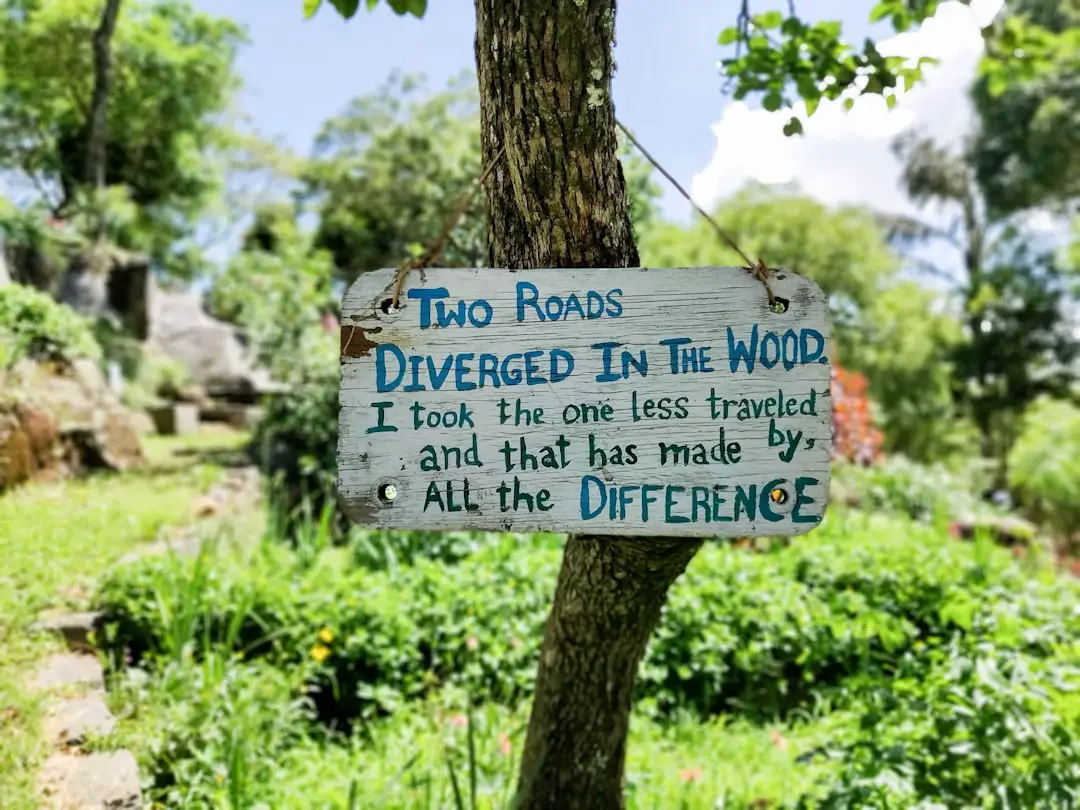
So, can a community garden really be a tool for social cohesion and community building? Absolutely—and then some! From breaking down social barriers to nurturing local leadership, from boosting mental health to creating vibrant cultural exchanges, community gardens are living proof that when people come together to tend the earth, they also tend to each other.
Remember the story of the Lavender Ladies? That tiny herb patch blossomed into a social sanctuary, proving that even the smallest green space can cultivate deep connections. Whether you’re starting with a vacant lot or a few raised beds, the key ingredients are passion, patience, and a willingness to grow together.
Yes, there are challenges—land access, funding, and managing personalities—but these hurdles are surmountable with clear communication, strong policies, and community buy-in. The rewards? A healthier, happier, more resilient neighborhood where everyone has a stake in the future.
At Community Gardening™, we confidently recommend embracing community gardens as a cornerstone for building stronger, more connected communities. So, grab your gloves, rally your neighbors, and plant the seeds of change—because the harvest is so much more than just fresh veggies. It’s friendship, empowerment, and a shared sense of belonging.
📚 Recommended Links
Ready to get your hands dirty? Here are some essential tools and resources to help you start and sustain your community garden journey:
-
Community Gardening For Dummies (Book):
Amazon -
American Community Gardening Association (ACGA):
communitygarden.org -
Seed Savers Exchange:
seedsavers.org
❓ FAQ: Your Burning Questions Answered
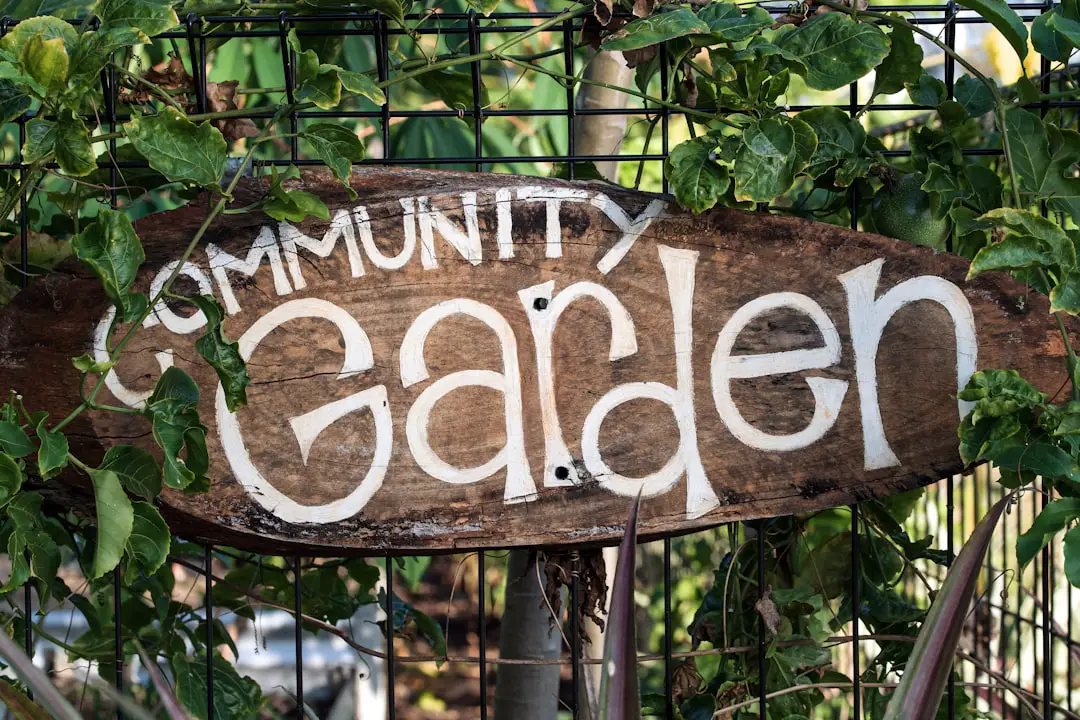
What role can community gardens play in fostering social connections and a sense of belonging among residents?
Community gardens act as social catalysts by providing shared spaces where people from diverse backgrounds collaborate toward common goals. The physical act of gardening side-by-side encourages casual conversations, mutual support, and the formation of friendships. This shared purpose fosters a sense of belonging and community identity, which is especially important in urban areas where social isolation can be prevalent. Studies, including those from County Health Rankings & Roadmaps, show that community gardens increase social capital by creating networks of trust and cooperation.
How can community gardens be designed to promote intergenerational relationships and cultural exchange?
Designing for inclusivity means creating spaces that encourage interaction across age groups and cultures. Raised beds at different heights make gardening accessible to seniors and people with disabilities. Common areas like picnic tables and tool sheds serve as social hubs where stories and knowledge are exchanged. Incorporating culturally diverse crops invites gardeners to share their heritage and culinary traditions, enriching the garden’s social fabric. Educational workshops and mentorship programs further nurture intergenerational learning, making the garden a living classroom for cultural exchange and respect.
In what ways can community gardens serve as a platform for community engagement, education, and outreach programs?
Community gardens provide a natural venue for hosting events such as planting parties, harvest festivals, and workshops on sustainable gardening, nutrition, and environmental stewardship. These events engage a broader audience beyond regular gardeners, fostering wider community involvement. Gardens can partner with schools, senior centers, and local nonprofits to offer educational programs that promote healthy lifestyles and environmental awareness. Moreover, gardens often become hubs for civic engagement, where residents organize around broader neighborhood issues, amplifying their collective voice.
What are the potential long-term benefits of community gardening initiatives on neighborhood cohesion and community development?
Long-term, community gardens can transform neighborhoods by:
- Building resilience: Shared problem-solving around garden challenges translates into stronger community capacity to face other issues.
- Improving health: Increased access to fresh produce and physical activity improves overall well-being.
- Economic uplift: Gardens can stimulate local economies through farmers markets and skill-sharing.
- Environmental enhancement: Green spaces improve air quality, reduce urban heat islands, and beautify neighborhoods.
- Civic empowerment: Gardeners often become advocates for policy changes and neighborhood improvements.
These benefits combine to create more cohesive, vibrant, and sustainable communities that are better equipped to thrive.
How do community gardens address challenges related to land access and sustainability?
Securing land often requires partnerships with local governments, land trusts, or private owners. Long-term leases or land trusts provide stability. Sustainability depends on strong governance structures, clear guidelines, and ongoing community engagement. Succession planning and leadership development ensure that gardens remain vibrant as founding members move on. Diversified funding streams and fun, inclusive events help maintain momentum and attract new participants.
🔗 Reference Links
- Community Gardens | County Health Rankings & Roadmaps
- American Community Gardening Association (ACGA)
- Environmental Evidence Journal: Health and Well-being Impacts of Community Gardening
- One New Humanity CDC: The Benefits of Community Gardens
- USDA People’s Garden Initiative
- Seed Savers Exchange
- Fiskars Official Website
- Gorilla Carts Official Website
- DeWit Tools Official Website
We hope this comprehensive guide empowers you to harness the incredible power of community gardens to grow not just plants, but connections that last a lifetime. Happy gardening! 🌿🌻

